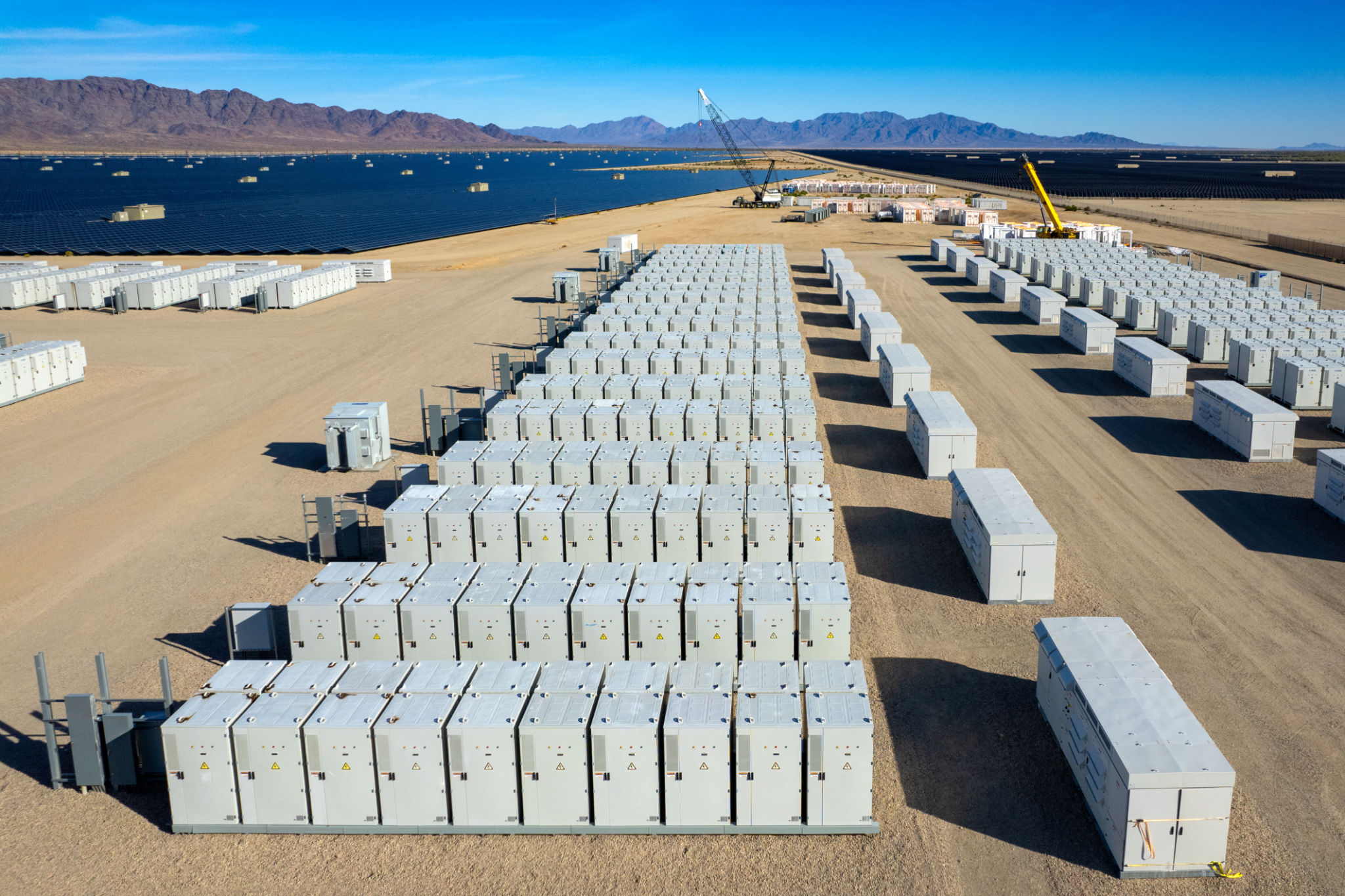Why Live Fire Testing Is the Key to Safer BESS
As Battery Energy Storage Systems (BESS) become central to the clean energy transition, their safety has never been more critical. High-profile incidents of thermal runaway have driven regulatory bodies and manufacturers to take a closer look at real-world risks—and how to test for them.
With the release of the updated UL 9540A: 2025 standard, upcoming changes to NFPA 855, and the emergence of True Fire Experimental Procedures, one thing is clear: live fire testing is no longer optional— it's essential.

What’s New in BESS Safety Standards?
UL 9540A:2025 focuses on thermal runaway fire propagation testing. The key shift? A stronger emphasis on system-level testing and realistic fire behavior data. Instead of just testing individual cells, the entire BESS is now evaluated under true-to-life conditions.
NFPA 855, the installation standard for energy storage systems, requires UL 9540A compliance. Its next edition, slated for 2026, will go further by encouraging large-scale, live fire testing as part of code compliance.
The Rise of True Fire Testing
One of the most promising developments is the use of True Fire Experimental Procedures. These tests deliberately induce thermal runaway in fully charged BESS units to simulate worst-case scenarios.
In a recent real-world example, a manufacturer ignited a 20 MWh BESS array under controlled conditions. The results? The fire burned for over a day, but crucially, it didn’t spread between containers, proving the effectiveness of proper compartmentalization and thermal management.

Why Live Fire Testing Matters
While lab simulations and modeling have their place, only full-scale fire testing can reveal how a BESS will truly behave during a thermal event. Here’s why it matters:
- Identifies hidden failure points in system design.
- Validates containment strategies under extreme conditions.
- Boosts stakeholder confidence, from regulators to end users.
- Accelerates innovation by exposing real-world risks early.
Looking Ahead
BESS developers, integrators, and asset owners must prioritize live fire testing as part of their validation strategy. Compliance is important, but confidence in system safety only comes from data gathered under actual fire conditions.
As the industry evolves, live fire testing will not just be a checkbox; it will be a cornerstone of responsible and scalable energy storage deployment.